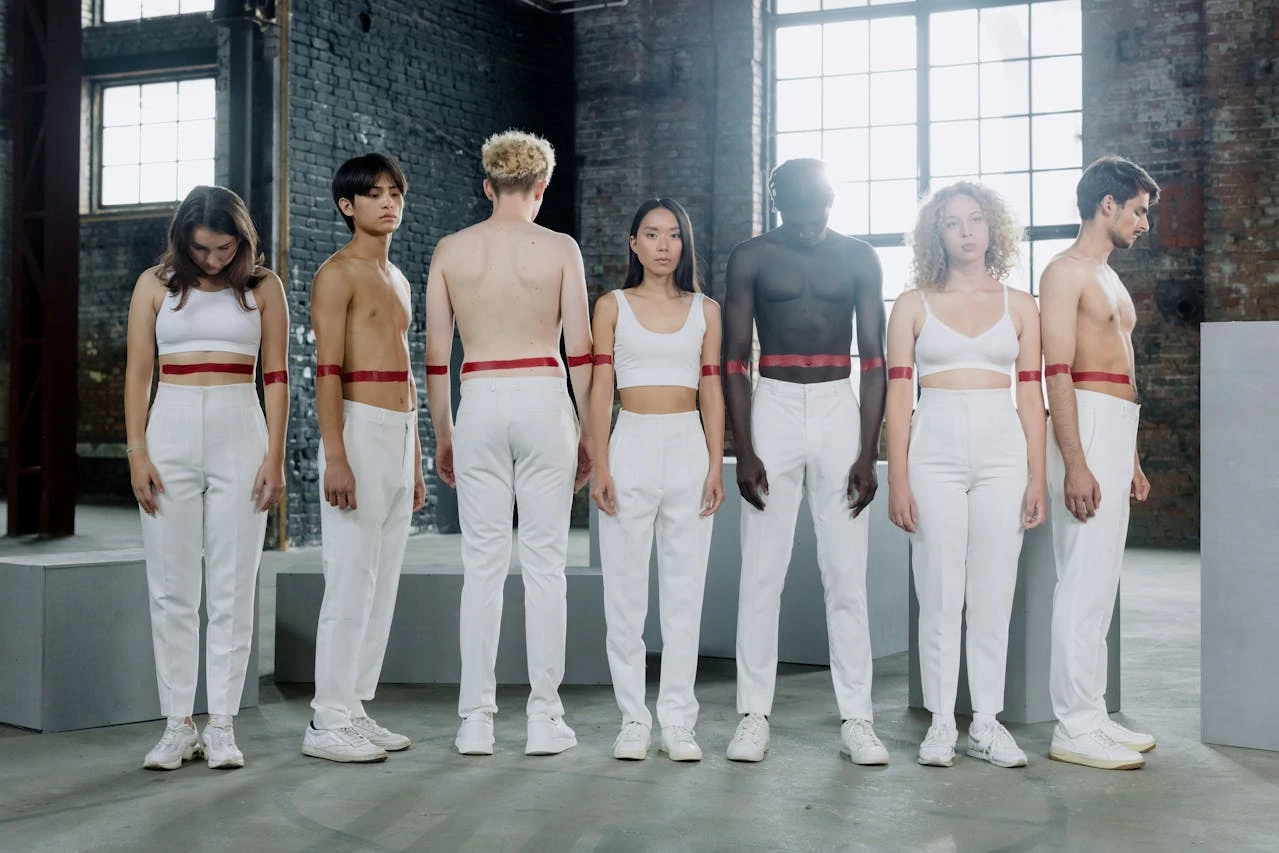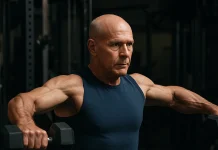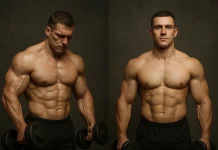Last Updated on March 17, 2025
Introduction
The fitness industry has undergone a massive transformation over the past decade, largely due to the rise of social media. What was once dominated by traditional gym memberships, personal trainers, and printed fitness guides has now shifted to digital platforms, where fitness influencers, workout apps, and online coaching take center stage. Social media has redefined how people approach fitness, creating new opportunities and challenges for both professionals and consumers. In this blog, we’ll explore the many ways social media is changing the fitness industry, from democratizing fitness education to shaping new trends.
1. The Rise of Fitness Influencers
Social media has given rise to a new breed of fitness professionals—fitness influencers. These individuals leverage platforms like Instagram, TikTok, and YouTube to share workout routines, diet tips, and motivation with their audiences. Unlike traditional personal trainers, fitness influencers often build large followings by demonstrating their own fitness journeys, making fitness more relatable and accessible to everyday people.
Key Benefits of Fitness Influencers:
- Provide free fitness advice and workout plans
- Inspire and motivate followers with real-life transformations
- Promote fitness products, supplements, and gear
- Offer online coaching and monetized fitness programs
However, with the rise of influencers, there is also concern about misinformation. Not all influencers have professional credentials, which can lead to the spread of misleading fitness and nutrition advice.
2. Social Media as a Fitness Education Platform
One of the biggest impacts of social media on the fitness industry is the availability of free educational content. In the past, people had to rely on books, magazines, or certified trainers to learn about fitness. Today, social media platforms provide:
- Video tutorials on proper workout techniques
- Nutrition and diet tips from experts
- Science-backed fitness information
- Debunking of fitness myths and fads
Platforms like YouTube allow certified trainers and sports scientists to share in-depth fitness knowledge, bridging the gap between professionals and the general public.
3. The Boom of Online Personal Training & Virtual Workouts
Social media has expanded the reach of personal trainers and coaches beyond local gyms. Many trainers now offer virtual coaching services, online training programs, and live workout sessions via Instagram Live, Zoom, or TikTok. This has revolutionized how people approach fitness by making it:
- More affordable compared to in-person personal training
- Accessible from anywhere, removing geographic barriers
- Customizable, with personalized fitness plans tailored to individual goals
Additionally, fitness challenges and live workouts have gained massive popularity, allowing people to stay motivated and accountable from the comfort of their homes.
4. Community Building and Fitness Accountability
Social media has transformed fitness from a solitary pursuit into a social experience. Online fitness communities, Facebook groups, and fitness hashtags encourage individuals to stay committed to their fitness goals.
Ways Social Media Fosters Fitness Communities:
- Fitness challenges encourage group participation (e.g., 30-day abs challenge)
- Workout accountability posts help people track progress
- Support from like-minded individuals creates a sense of belonging
- Live Q&A sessions with fitness experts provide guidance
Fitness apps also integrate social media elements, such as leaderboard rankings and progress sharing, making workouts more engaging.
5. The Influence of Fitness Trends and Viral Workouts
Trendy workouts like CrossFit, HIIT, Pilates, and bodyweight challenges often gain traction through social media. TikTok and Instagram Reels have accelerated the spread of viral fitness trends, such as:
- The “12-3-30” treadmill workout
- The 75 Hard Challenge
- Resistance band workouts
- Kettlebell flow exercises
While these trends encourage more people to stay active, it is important to evaluate the effectiveness and safety of each new trend before incorporating it into a workout routine.
6. Fitness Brands and Marketing on Social Media
Social media has become a powerful marketing tool for fitness brands. Companies selling gym equipment, activewear, supplements, and health apps use social media to reach potential customers through influencer partnerships, targeted ads, and interactive content.
Popular Fitness Marketing Strategies on Social Media:
- Collaborations with fitness influencers for product endorsements
- Sponsored ads with fitness transformations and testimonials
- Interactive content like polls, Q&As, and live workout sessions
- User-generated content featuring customer success stories
Fitness brands that effectively use social media marketing can build strong communities and enhance brand loyalty.
7. The Rise of Fitness Apps and Digital Workout Programs
With the increasing reliance on digital fitness solutions, mobile fitness apps have surged in popularity. Social media has played a major role in promoting these apps, as influencers and fitness brands often integrate them into their content.
Popular Features of Fitness Apps:
- Guided workout videos and AI-generated training plans
- Meal tracking and personalized nutrition coaching
- Wearable fitness tracker integration
- Community engagement through social sharing and leaderboards
Apps like MyFitnessPal, Nike Training Club, and Peloton leverage social media integration to keep users engaged and accountable.
8. The Role of Social Media in Body Positivity & Mental Health
While social media has made fitness more accessible, it has also contributed to body image issues and unrealistic expectations. Fitness influencers often showcase their best angles, lighting, and even use digital enhancements, which can create unrealistic fitness standards.
On the positive side, there is a growing movement toward body positivity in the fitness industry. Influencers and brands are promoting:
- Realistic fitness journeys with progress photos, not just highlights
- Acceptance of different body types and fitness levels
- Mental health discussions alongside physical fitness
More people are now embracing sustainable fitness goals rather than chasing unrealistic aesthetics.
Conclusion
Social media has revolutionized the fitness industry in multiple ways, from creating new career opportunities for fitness professionals to making workouts more accessible to the masses. While it brings challenges like misinformation and body image issues, the positive impacts—such as free fitness education, community support, and digital workout solutions—are undeniable.
As social media continues to evolve, it will further shape how people engage with fitness, making health and wellness more interactive, inclusive, and innovative.







